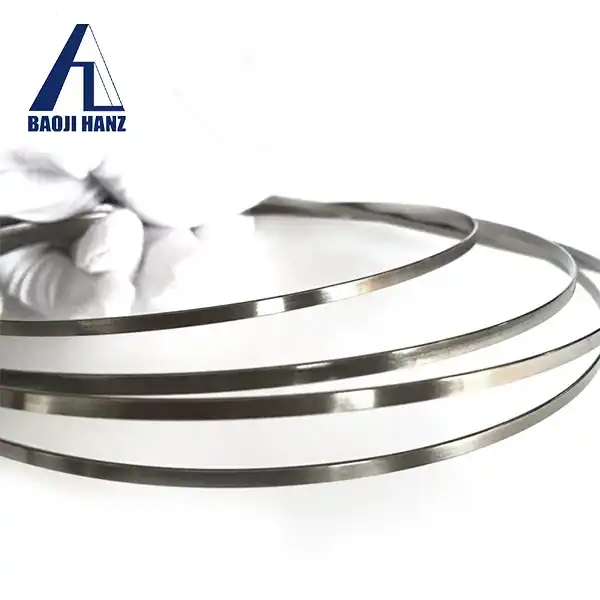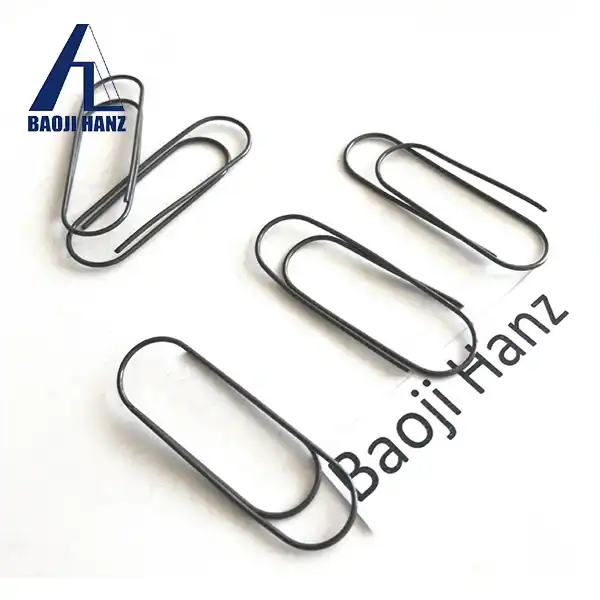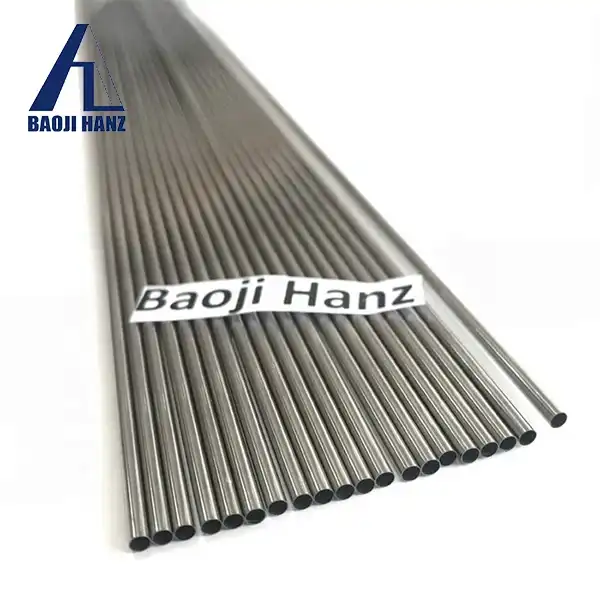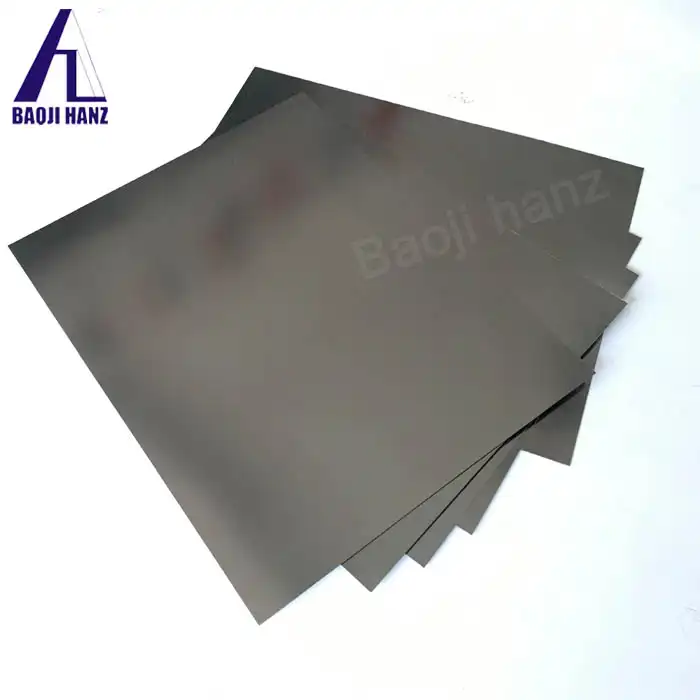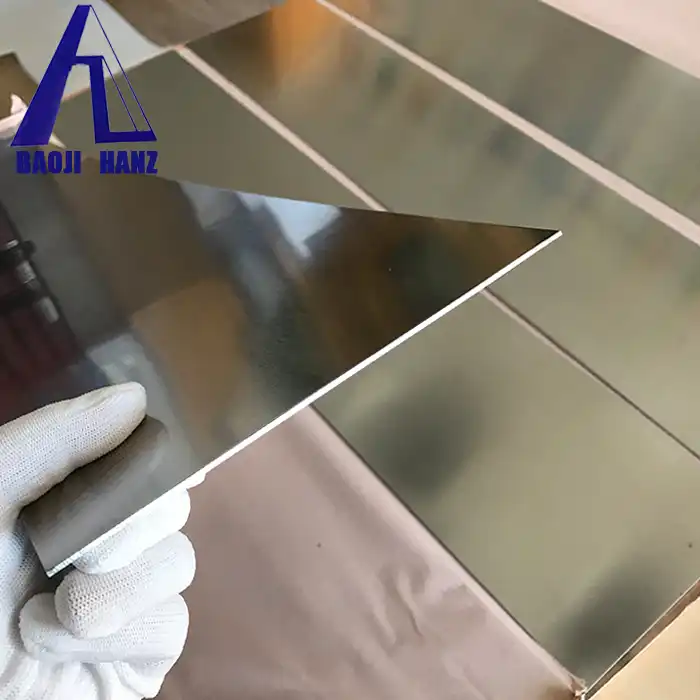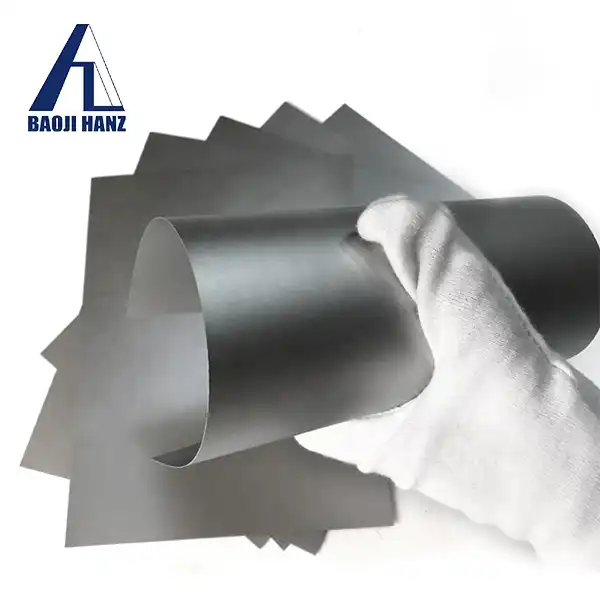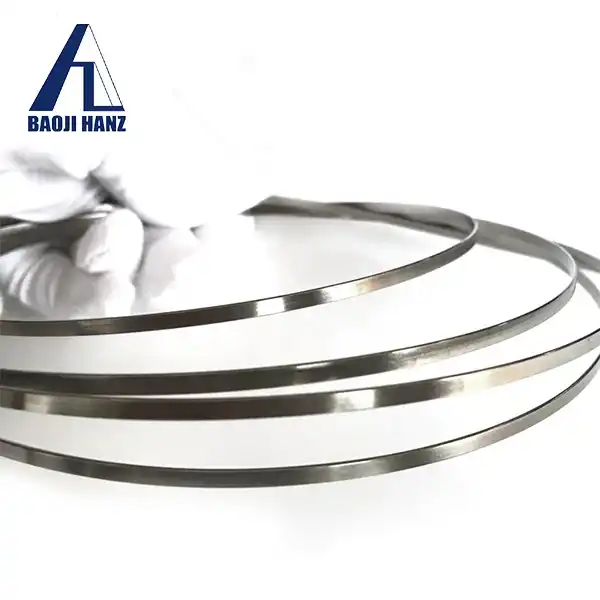What is nitinol wire used for?
2024-07-25 19:15:40
Nitinol wire is used across a wide range of applications due to its unique properties of shape memory and superelasticity. In the medical field, it is utilized for making stents that expand and maintain vessel patency, guidewires that navigate through blood vessels during surgeries, and orthodontic wires that apply gentle, continuous force for teeth alignment. In robotics and aerospace, nitinol wire serves as actuators for precise movements in space mechanisms, deployable structures like solar arrays, and adaptive components in aircraft wings. It is also employed in consumer electronics for hinges that require flexibility and durability, and in automotive applications for components benefiting from shape memory properties, such as actuators and sensors. Overall, nitinol wire's versatility makes it indispensable in industries requiring controlled deformation, resilience, and precise shape recovery.
What are the key properties of Nitinol wire?
Nitinol wire possesses several key properties that make it highly valuable in various applications:
Shape Memory Effect: Nitinol can be deformed at low temperatures and revert to its original shape when heated above its transformation temperature, due to a reversible phase transformation between austenite and martensite phases.
Superelasticity: It exhibits significant elasticity, allowing it to undergo large deformations and recover its shape upon unloading, making it resilient to bending and twisting forces.
Biocompatibility: Nitinol is biocompatible and corrosion-resistant, making it suitable for medical implants and devices.
High Strength-to-Weight Ratio: It is lightweight yet strong, comparable to stainless steel of similar dimensions.
Damping Capacity: Nitinol exhibits good damping characteristics, reducing vibrations and noise in mechanical systems.
These properties enable nitinol wire to be used in diverse fields such as medicine, aerospace, robotics, and consumer electronics, where precise control, durability, and resilience are essential.
How is Nitinol wire used in medical devices?
Nitinol wire is extensively used in medical devices for its unique properties. It's employed in stents for arteries, where it expands to keep vessels open. Additionally, it's crucial in guidewires for navigating through blood vessels during surgeries due to its flexibility and shape memory. Orthodontic wires use its gentle, continuous force for teeth alignment. Moreover, it's valuable in surgical tools requiring precise, controlled movements. Its biocompatibility and corrosion resistance make it suitable for implants like bone anchors and vascular closure devices. Overall, Nitinol's versatility in medical applications enhances treatment efficacy and patient comfort, particularly in minimally invasive procedures.
What are the industrial applications of ASTM F2063 super elastic Nitinol flat wire?
ASTM F2063 superelastic Nitinol flat wire finds diverse industrial applications due to its unique properties. In aerospace, it's used for lightweight components like actuators and deployable structures, benefiting from its resilience and precise shape recovery. In robotics, it serves as actuators for precise movements and in consumer electronics for hinges requiring durability and flexibility. Medical devices leverage its biocompatibility and superelasticity for stents that expand and maintain vessel patency, and guidewires for navigating blood vessels during surgeries. Its application extends to automotive components, where its shape memory properties are valuable in actuators and sensors. Overall, ASTM F2063 Nitinol flat wire enhances performance and reliability in demanding industrial environments.
How does Nitinol wire contribute to aerospace technology?
Nitinol wire contributes significantly to aerospace technology by enhancing functionality in critical applications. Its superelasticity and shape memory properties allow for lightweight yet durable components like actuators and deployable structures. Nitinol wires can be used in mechanisms for satellite deployment, where they withstand the rigors of space and reliably return to their intended shape after deployment. In aircraft, Nitinol wires serve in adaptive components such as wing morphing systems, optimizing aerodynamic efficiency. Their ability to operate in extreme temperatures and conditions makes them ideal for aerospace, ensuring reliable performance in various flight conditions. Overall, Nitinol wire advances aerospace technology by providing innovative solutions for weight reduction, efficiency enhancement, and reliability in mission-critical applications.
Conclusion
In conclusion, Nitinol wire is a versatile material with applications ranging from medical devices to aerospace technology and beyond. Its unique properties, including shape memory and superelasticity, enable innovative solutions in various industries. As research and development continue, Nitinol's role is likely to expand further, offering new possibilities for engineering and design.
References
- ASTM F2063 - Standard Specification for Wrought Nickel-Titanium Shape Memory Alloys for Medical Devices and Surgical Implants, ASTM International.
- "Shape Memory Alloys" - NASA Technical Report Server.
- "Nitinol in Medical Devices" - ASM International.
- "Applications of Shape Memory Alloys" - Journal of Materials Engineering and Performance.

